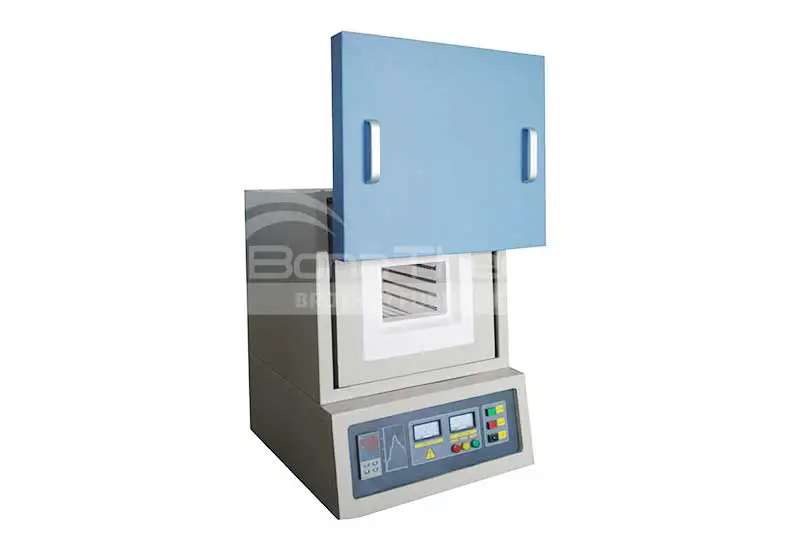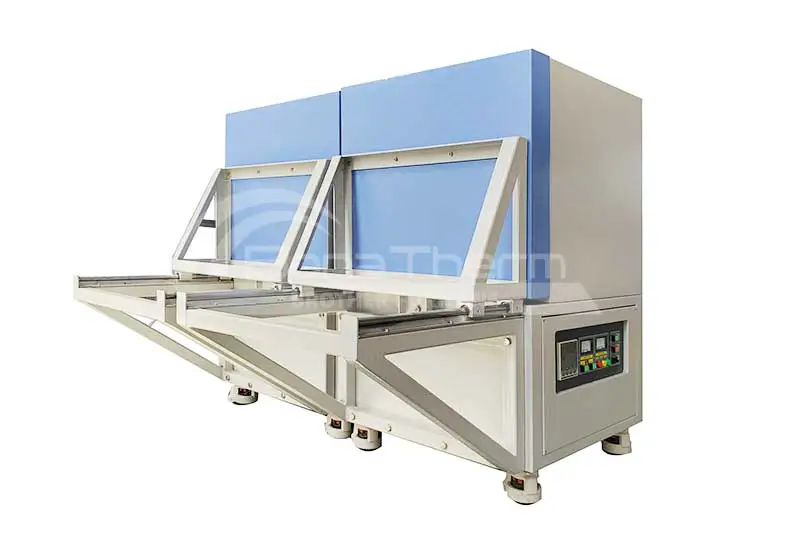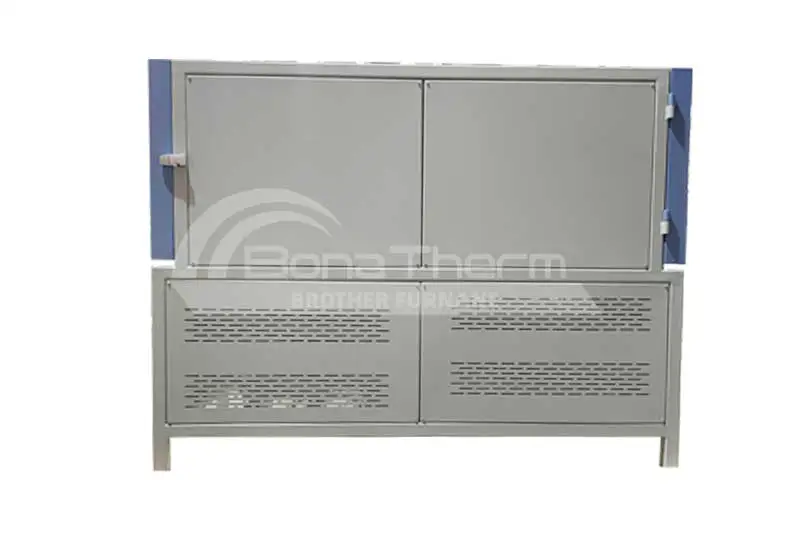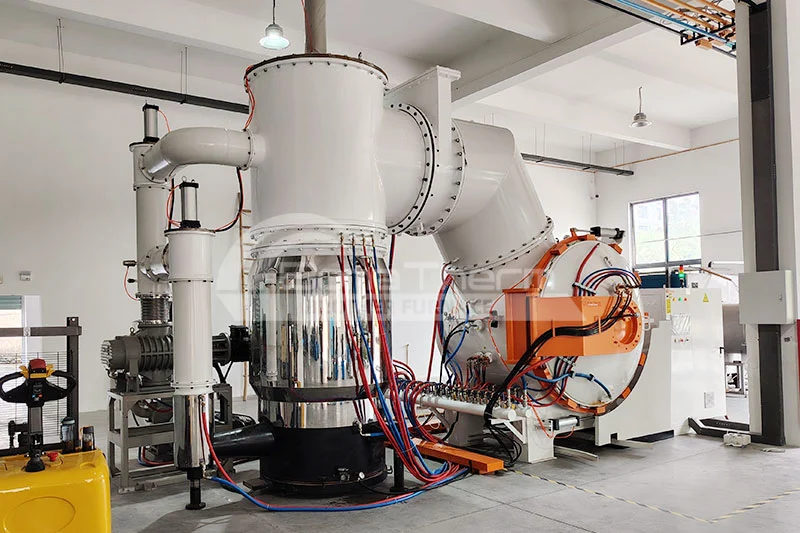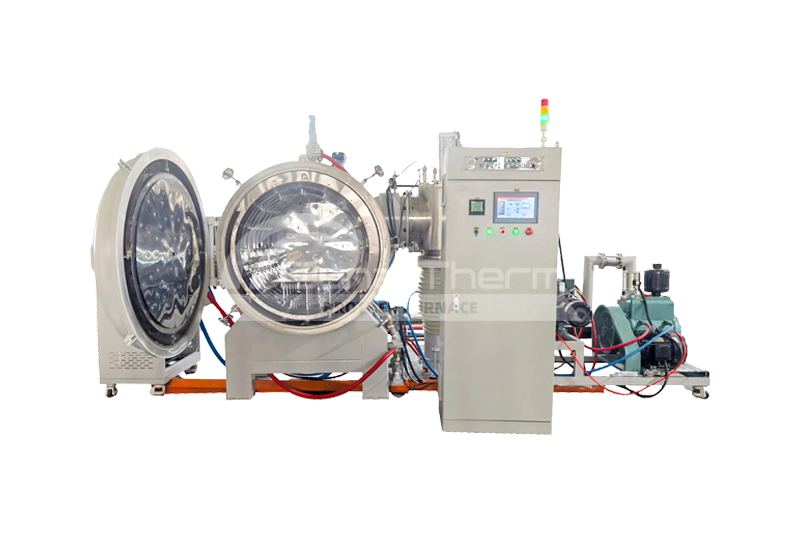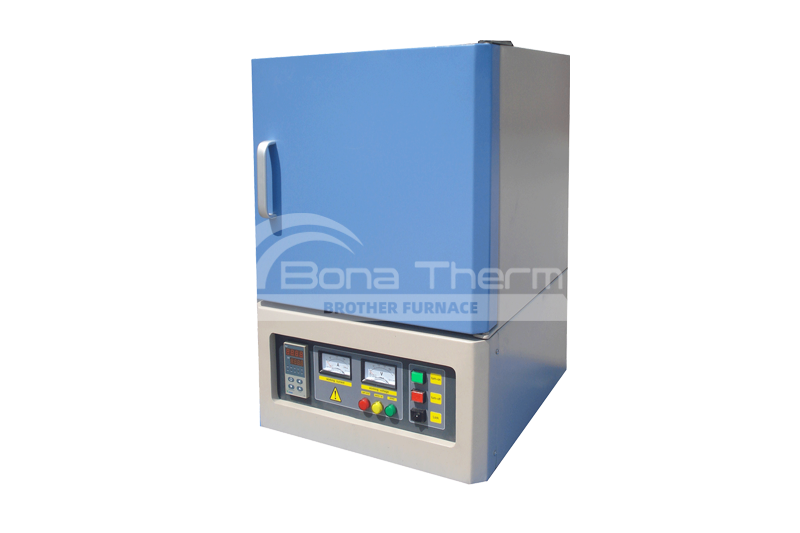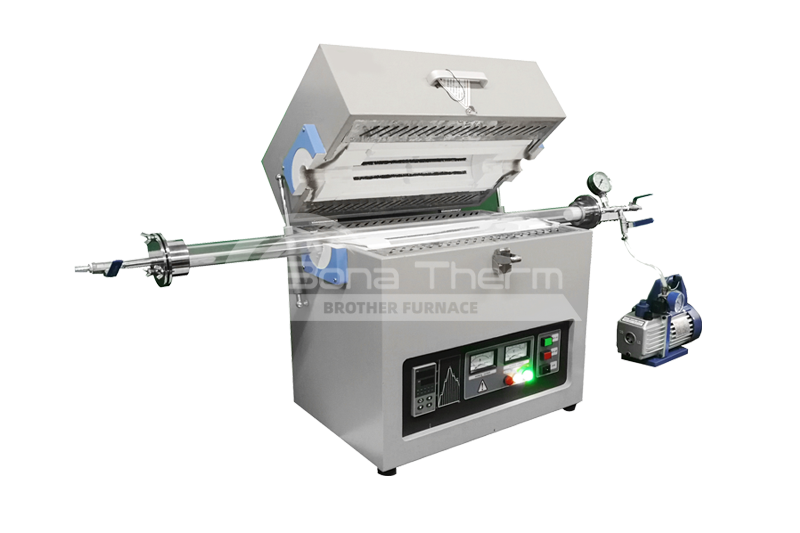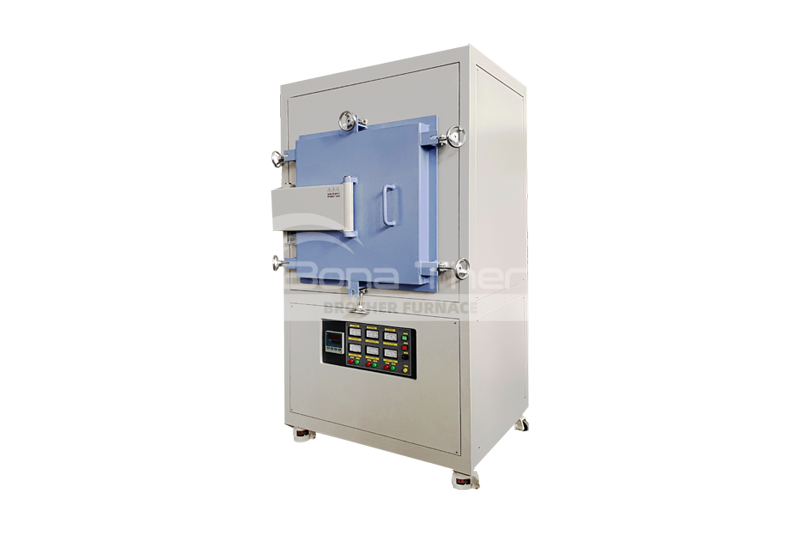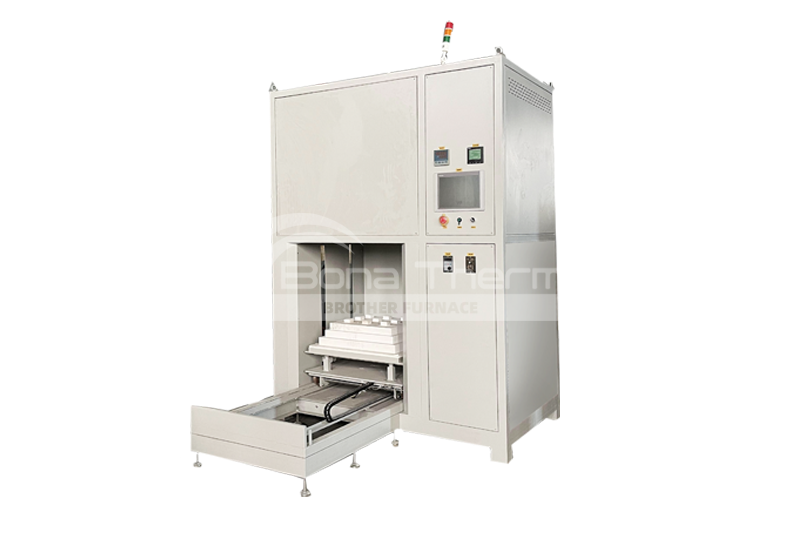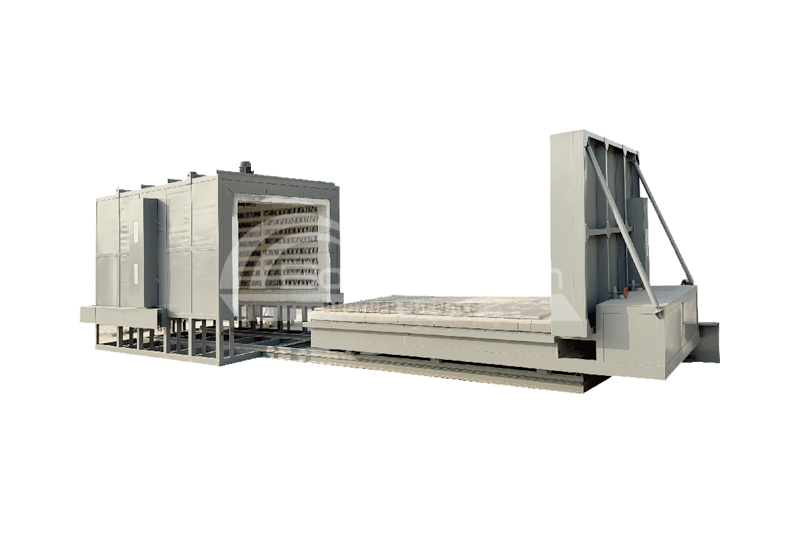Common Types of Laboratory Furnaces
 BROTHER FURNACE
BROTHER FURNACE
 2024-09-04 19:31
2024-09-04 19:31
High-temperature furnaces are frequently used in universities, laboratories, and research institutes. These furnaces are widely applied in material research, chemical analysis, metal processing, and ceramic firing. Below is an introduction to several common types of laboratory furnaces, with a brief description of their features and uses.
Types of Laboratory Furnaces
Laboratory furnaces differ from industrial furnaces in that they are typically smaller and used for processing small batches of workpieces. The main types include:
Muffle Furnace
Muffle Furnace Also known as a box furnace, the muffle furnace has a rectangular or square shape, but it can also be customized based on customer requirements, such as with double-door muffle furnaces. The operating temperature typically ranges from 500°C to 1800°C, and the furnace is available in various sizes. The muffle furnace is one of the most common heating devices in laboratories, widely used for ashing, melting, heat treatment, and material testing.
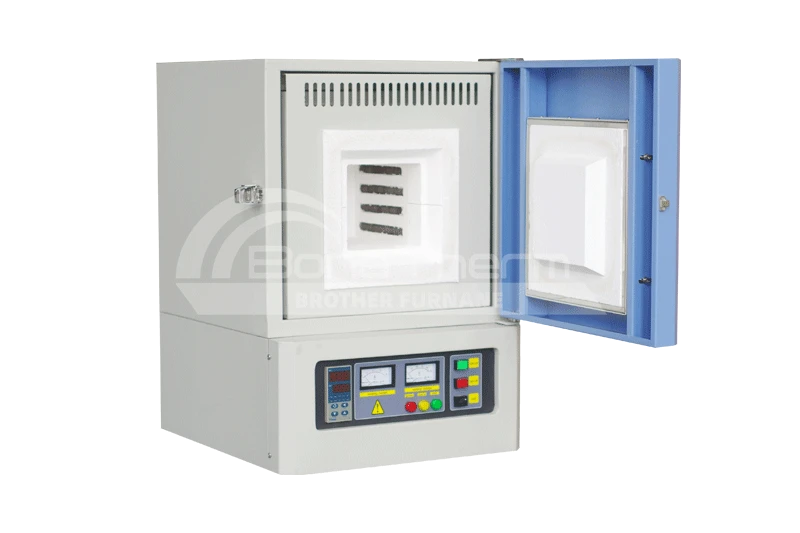
Features:
The sealed heating chamber prevents the sample from coming into direct contact with the heating elements.
Provides a stable high-temperature environment and is easy to operate.
Tube Furnace
The tube furnace is characterized by its long, cylindrical structure, which provides uniform heat distribution to samples. It is primarily composed of a high-temperature ceramic or quartz heating tube, heating elements, a temperature control system, and an outer casing. Tube furnaces are commonly used for chemical reactions, material synthesis, and pyrolysis experiments, and can operate under inert gas or vacuum conditions.
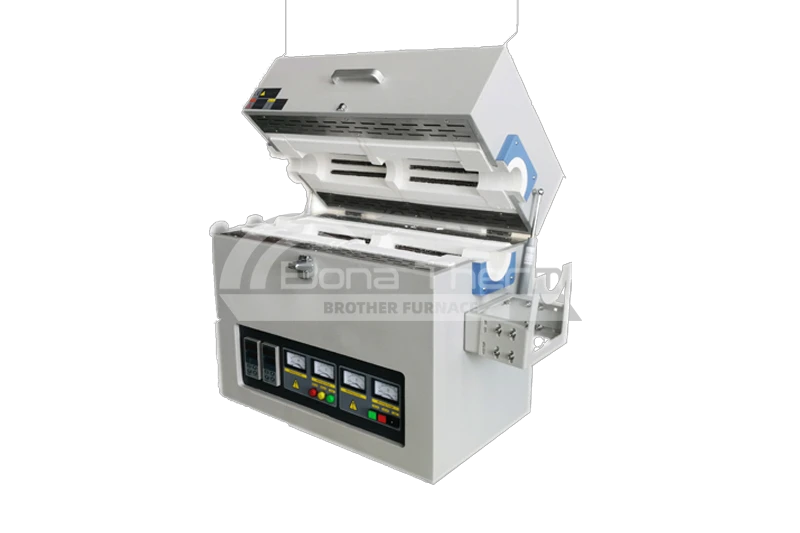
Features:
Uniform heating with precise temperature distribution.
Suitable for experiments requiring an atmosphere-controlled environment.
Atmosphere Furnace
Atmosphere furnaces allow experiments to be conducted in specific gas environments, such as hydrogen, argon, or nitrogen. By controlling the atmosphere inside the furnace, samples are prevented from reacting with the oxygen in the air. Atmosphere furnaces are commonly used for heat treatment of metals, reduction reactions, and experiments involving sensitive materials.
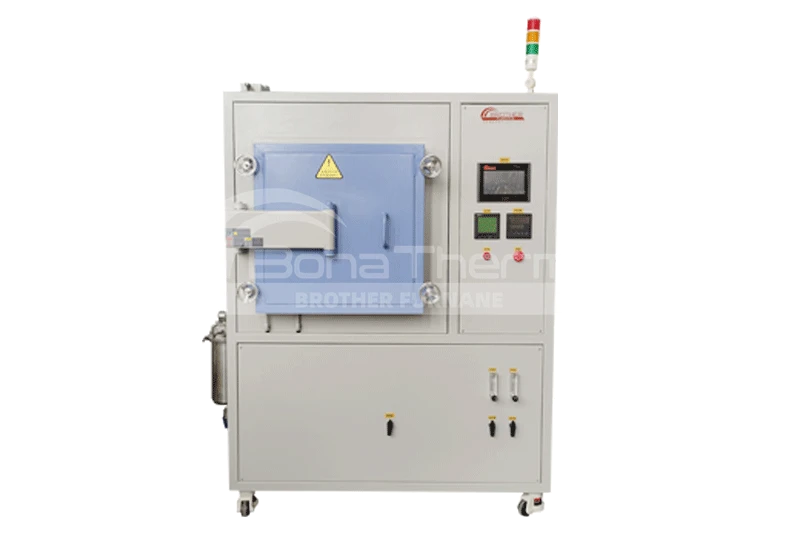
Features:
Capable of conducting experiments under controlled atmospheres.
Suitable for processing metals, alloys, and ceramics.
Crucible Furnace
Crucible furnace is a small furnace designed for melting materials such as metals, glass, or chemical samples. It heats samples by using a high-temperature crucible and is often used in laboratories for melting and refining work.
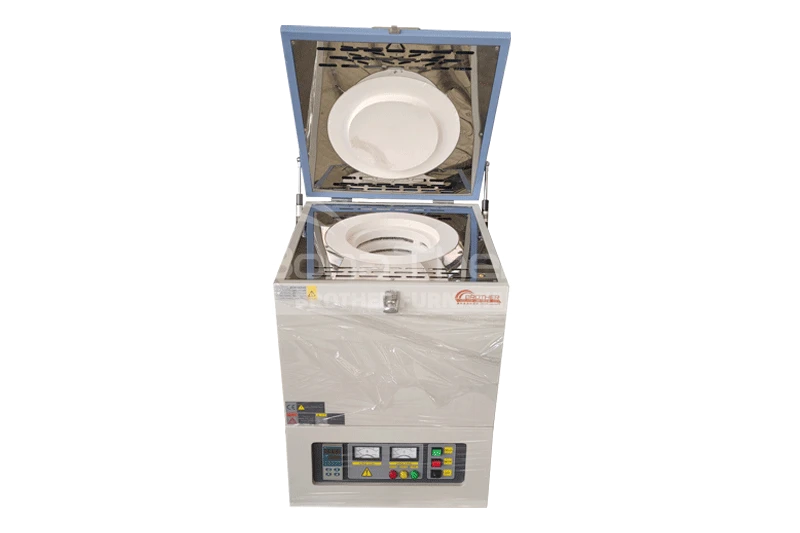
Features:
Capable of reaching high temperatures quickly.
Ideal for the rapid melting and processing of small samples.
Laboratory Furnaces from Brother Furnace
Brother Furnace offers a wide range of high-quality laboratory furnaces, suitable for various research and industrial applications. Their product range includes muffle furnaces, tube furnaces, and vacuum furnaces, all of which are known for their temperature accuracy, ease of operation, and high safety standards. Brother Furnace’s designs are compact, making them ideal for laboratory environments, and they offer customizable solutions to meet the diverse needs of their users.
Product Features:
Precise temperature control and stable performance.
Supports operation in various atmospheres and vacuum conditions.
Suitable for material research, heat treatment, and chemical analysis applications.
Conclusion
There is a wide variety of laboratory furnaces, each with its unique characteristics. Choosing the right type of furnace is crucial to the success of your experiments. Whether it’s a muffle furnace, tube furnace, atmosphere furnace, or crucible furnace, they all play an indispensable role in different fields of research. We welcome users from around the world to inquire about our laboratory furnaces and get professional solutions!

